Building an Availability Group? Involve Key Players First.

So, you’ve decided your organization’s data needs to remain highly available. Given the options in SQL Server, you’ve decided an Availability Group makes the most sense for your scenario. What’s next?
Involve Stakeholders Early in the Process of Building a SQL Server Availability Group
Before jumping into building your Availability Group, it’s crucial to identify key players in this process. Understanding these stakeholders’ roles and responsibilities will help you to plan, execute, and maintain the AG.
Build Your Team: Key Roles in SQL Server Availability Group Setup
Here’s a list of common roles in this process. Your specific list will depend on your organization’s structure.
Database Administrator (DBA)
The DBA is the primary player in setting up and managing the SQL Server AG. They’re usually responsible for:
- Designing the AG architecture.
- Regularly testing failover scenarios.
- Configuring and maintaining the AG.
- Ensuring data consistency and availability.
- Implementing backup and restore strategies.
- Monitoring performance and troubleshooting issues.
- Monitoring synchronization latency between all replicas.
- Planning the AG setup, including replicas, failover modes, and quorum configurations.
- Assessing the current database environment (including the recovery models of each database to be added to the AG).
Network Administrator
The Network Administrator ensures that the network infrastructure supports the high availability and redundancy required for the SQL Server AG. Common responsibilities include:
- Configuring and managing network components.
- Making sure network redundancy is built-in to the solution (replicas having multiple NICs connected to different network switches).
- Ensuring low-latency and high-bandwidth connections between replicas.
- Setting up network security measures, such as firewalls and VLANs.
- Monitoring network performance and troubleshooting connectivity issues.
- Static IP assignment for each replica, AG listener, and Cluster Network Object (CNO).
System Administrator
System Administrators manage the underlying servers and operating systems that host the SQL Server instances involved in the AG. Responsibilities include:
- Preparing and configuring the Windows Server environment (virtual or physical).
- Installing necessary software and updates.
- Ensuring proper server performance and resource allocation.
- Implementing security policies and hardening the server configurations.
- Building the Windows Server Failover Cluster.
- Partitioning and formatting disks according to the correct specifications (can vary depending on the storage vendor).
Storage Administrator
Storage administrators manage the storage infrastructure that the SQL Server instances rely on. Ensuring that each disk(s) presented to the instances are:
- Provisioned and configured according to performance and capacity requirements.
- Highly available and redundant.
- Monitored for storage performance and health.
- Implemented in a way that meets the requirements of any established disaster recovery plan.
Application Developers
Developers are crucial for ensuring applications are correctly configured to connect to the AG and handle failover scenarios. If the application was created by a vendor, documentation must be reviewed to ensure AG support is available. Their responsibilities include:
- Modifying connection strings to use the AG listener.
- Ensuring the application logic can handle failovers without data loss or significant downtime.
- Testing application behavior in failover and recovery scenarios.
Business Stakeholders
This group defines the availability requirements and success criteria for the SQL Server AG. Their responsibilities include:
- Setting Recovery Time Objectives (RTO) and Recovery Point Objectives (RPO).
- Prioritizing databases and applications that require high availability.
- Allocating budget and resources for the AG project.
- Communicating the business impact and benefits of the AG to the organization.
Many AG implementations fail not because of technical limitations, but because expectations were not set. Ensure expectations for RTO and RPO are over-communicated, documented, and agreed upon by all groups involved.
Security Team
This team ensures that the AG implementation complies with organizational security policies and regulatory requirements. It’s normal for there to be some overlap between the security team and DBA(s). Security’s responsibilities may include:
- Reviewing and approving security configurations.
- Implementing encryption for data in transit and at rest (shared responsibility with the DBA if required).
- Monitoring and auditing access to the AG.
- Ensuring compliance with industry standards and regulations.
Project Manager
The PM coordinates the overall AG implementation project, ensuring that timelines are met and resources are allocated efficiently. They keep everyone on track. Responsibilities include:
- Creating a project plan with clear milestones and deadlines.
- Facilitating communication between all stakeholders.
- Managing risks and issues that arise during the project.
- Ensuring that all deliverables meet quality standards.
Conclusion
These roles may vary across organizations. A specific team may also play multiple roles. However, identifying and involving these key players early in the planning phase of your AG project is critical for success. Each stakeholder brings unique expertise and insights that are vital for building a robust, efficient, and reliable availability group. You can ensure a seamless implementation that meets both technical and business requirements by fostering collaboration and clear communication among all roles.
Want to work with The SERO Group?
Want to learn more about how SERO Group helps organizations take the guesswork out of managing their SQL Servers? Schedule a no-obligation discovery call with us to get started.


Recent Comments